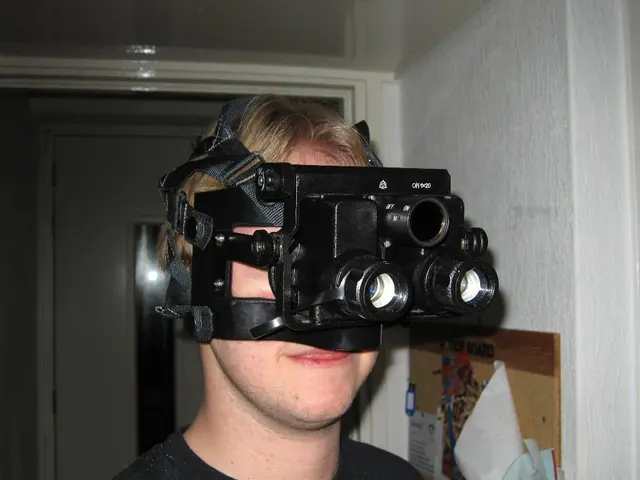Researchers Develop Breakthrough Method to Simulate Radical Pair Systems
A team of researchers has developed a novel method to simulate radical pair systems, a significant advancement in the field of quantum dynamics. Their work, published in a leading scientific journal, demonstrates the potential to provide critical insights into complex chemical processes, including avian magnetoreception.
The team, led by Damyan S. Frantzov, Yuki Kurashige, and Lewis M. Antill, has overcome a major challenge in simulating radical pair systems: the exponential computational demands when considering numerous nuclear spins. Their novel tensor network method efficiently simulates dynamics on sub-microsecond timescales, accurately accounting for interactions with up to thirty nuclear spins, and extending to sixty for benchmarking.
The method precisely captures anisotropic spin dynamics, showing how magnetic field orientation influences the yield of spin-selective products. The team demonstrated the power of their method by modelling biologically relevant systems, revealing how subtle changes in the surrounding environment influence electron transfer processes. Applying the methodology to a flavin-tryptophan radical pair system, scientists identified the need to account for complex many-body interactions to accurately describe anisotropic magnetic field effects. The simulations also showed that even a small change in the number of included nuclear spins altered the observed directional effects, highlighting the necessity of comprehensive nuclear spin treatments.
The team acknowledges that extending simulations beyond the microsecond regime requires further technical development, such as incorporating Clifford disentanglers or exploring alternative network structures. Future improvements to the computational framework may include incorporating more complex relaxation channels and advanced tensor network approaches.
The team's work opens up new avenues for understanding complex chemical processes, with potential applications in fields such as avian magnetoreception. Their method accurately simulates radical pair systems, providing a powerful tool for researchers in quantum dynamics. While extending simulations beyond the microsecond regime remains a challenge, the team is actively working on improving the computational framework to overcome this hurdle.







